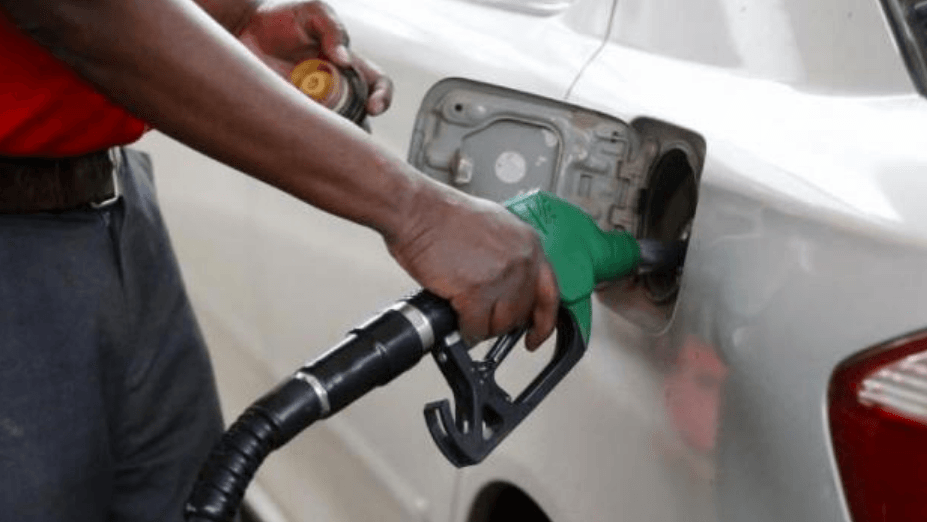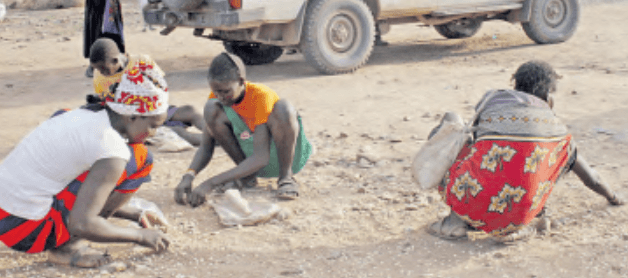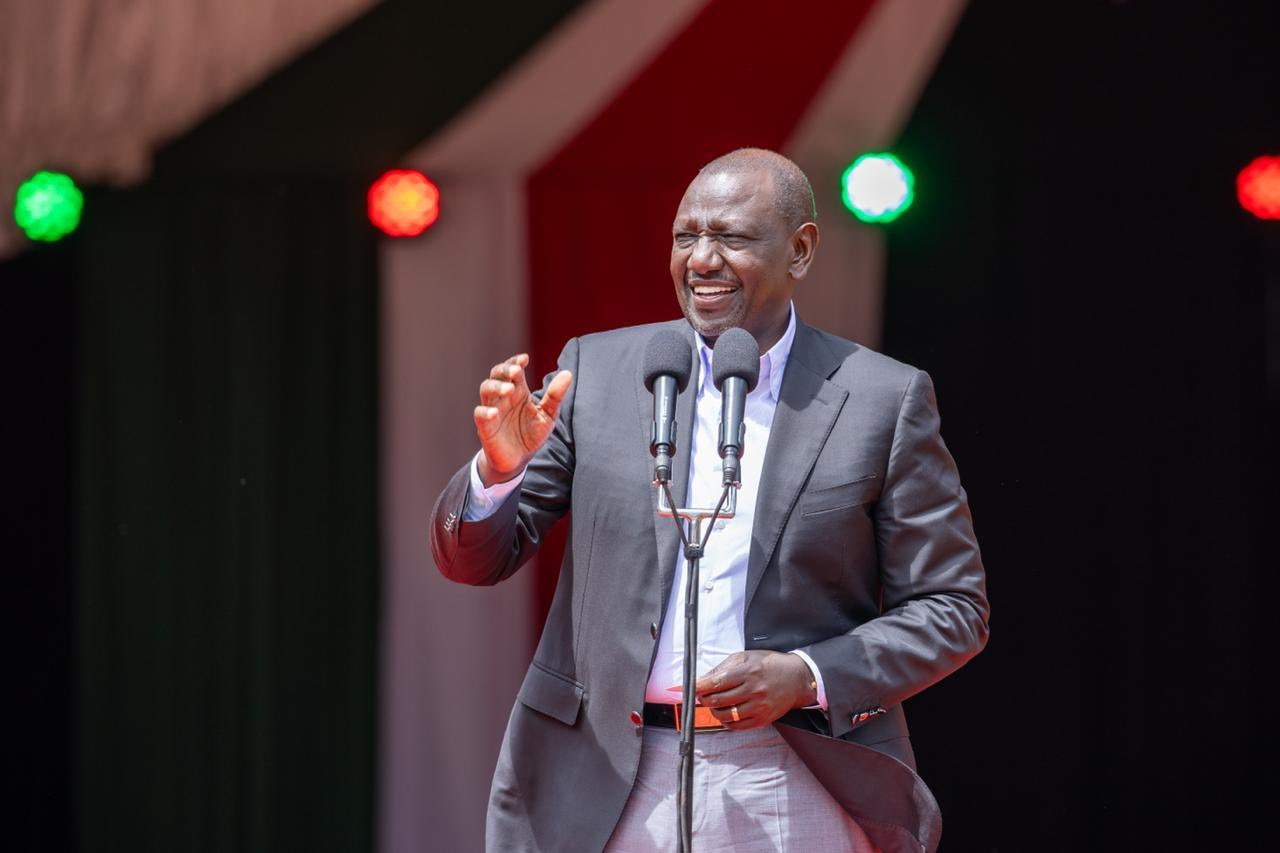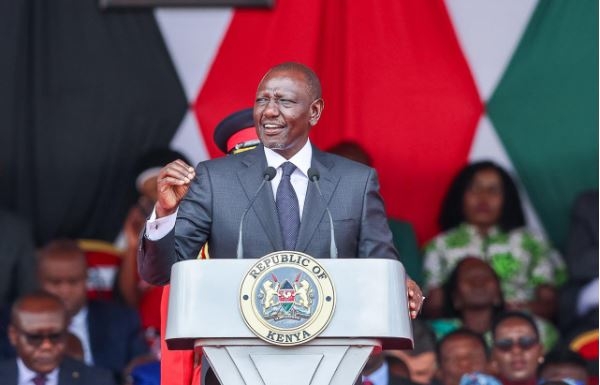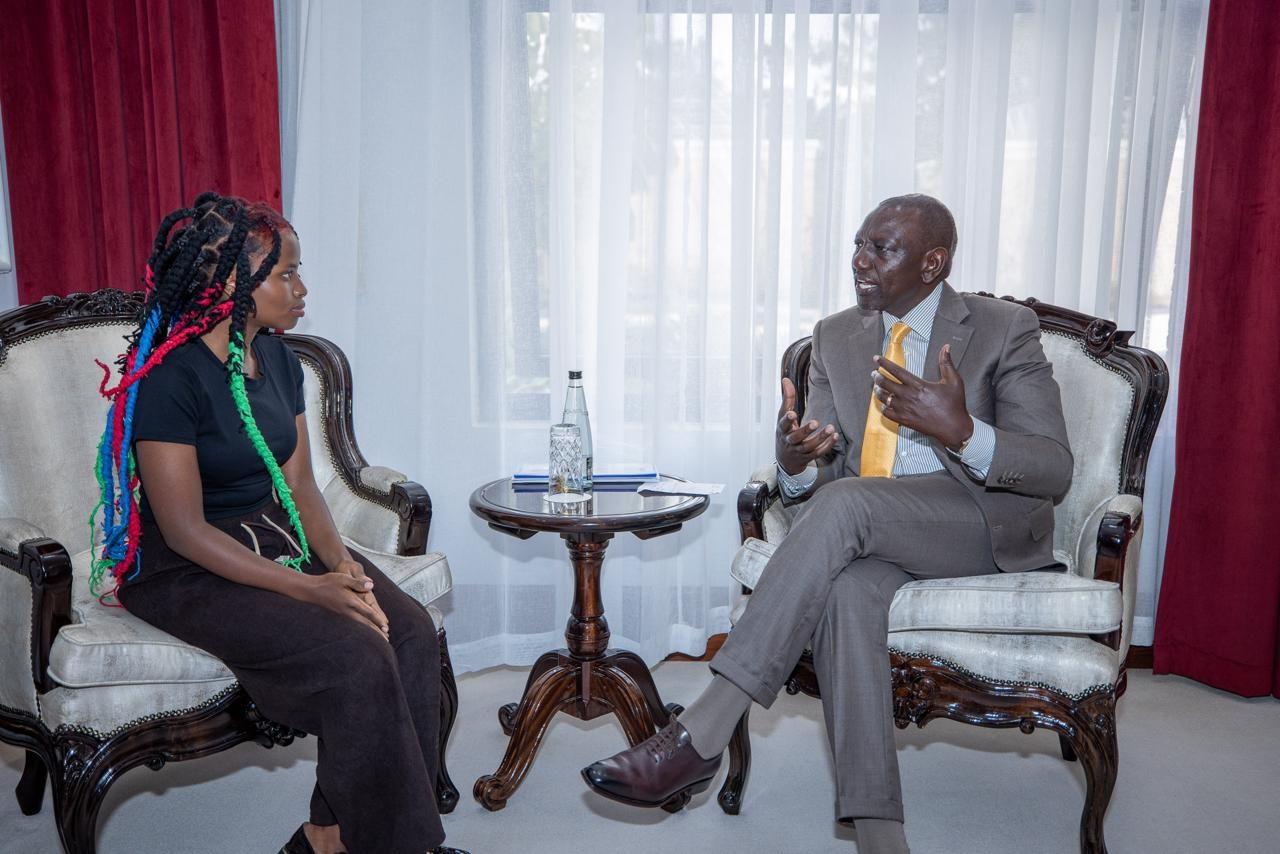
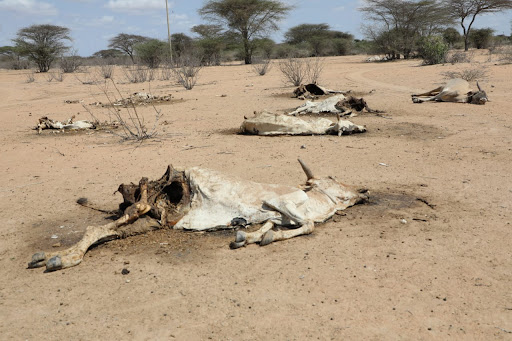 Effects of climate disasters /FILE
Effects of climate disasters /FILEThe world is running dangerously short of funds to adapt to worsening climate impacts, putting millions of lives and entire economies at risk, a new United Nations report warns.
Unep’s ‘Adaptation Gap Report 2025: Running on empty’ shows developing countries will need more than $310 billion (Sh40 trillion) annually by 2035, to cope with the effects of climate change.
This is about 12 times the current international public adaptation finance flows.
While adaptation planning and implementation are improving, Unep says the financial gap is widening fast.
“Climate impacts are accelerating. Yet adaptation finance is not keeping pace, leaving the world’s most vulnerable exposed to rising seas, deadly storms and searing heat,” said UN secretary general António Guterres, calling adaptation “a lifeline, not a cost.”
Unep executive director Inger Andersen warned that every person on earth is now living with the consequences of climate change—from wildfires and floods to rising living costs.
“If we do not invest in adaptation now, we will face escalating costs every year,” she said, urging a global push for funding that does not worsen the debt burdens of vulnerable nations.
The report shows that adaptation finance flows to developing countries fell to $26 billion (Sh3.3 trillion) in 2023, down from $28 billion the previous year.
This leaves an annual shortfall of between $284 billion and $339 billion (Sh36–43 trillion).
Globally, 172 countries have at least one national adaptation policy or strategy, but 36 of them are outdated or have not been updated in over a decade.
Africa remains among the hardest-hit regions, with Unep noting that funding to the continent is far below what is required to close the gap.
Inflation projections and competing priorities could push adaptation costs to $440–$520 billion (Sh56–67 trillion) per year by 2035.
Additionally, the $300 billion global climate finance target covers both mitigation and adaptation—meaning adaptation receives a much smaller share.
Unep says initiatives like the Baku to Belem Roadmap, which seeks to raise $1.3 trillion (Sh168 trillion) by 2035, could help bridge the gap—but only if financing comes through grants and concessional instruments, not additional debt.
The report calls for urgent international action to scale up both public and private investment. While private sector funding currently stands at $5 billion a year, the potential could reach $50 billion if supported by targeted policies and blended finance models to de-risk investment.
“The adaptation finance gap can only be closed through mitigation, innovation and fairness,” Unep notes, warning that failure to act now will magnify losses, undermine economies and deepen inequality in the years ahead.




